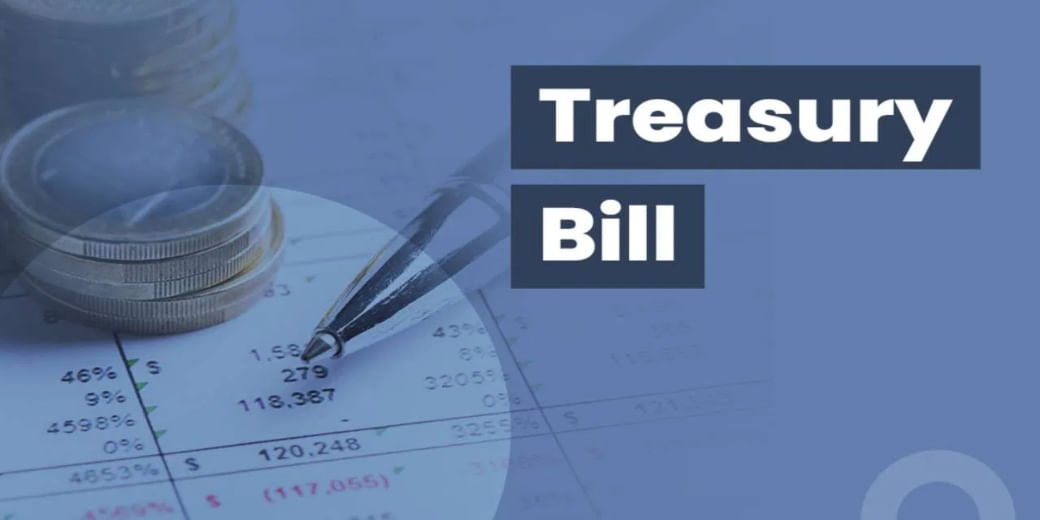Which should you opt for, T-Bills or FDs?
T-bills are short term instruments of up to one year issued by the RBI and have the backing of the government of India

Investors consider bank fixed deposits as the safest form of investment that gives a steady flow of income. But in these uncertain times of fluctuating interest rates there is another form of investment which can be safer than the FD and and give better returns. These are treasury bills. These are short term instruments of up to one year issued by the Reserve Bank of India and have the backing of the government of India.
It is issued almost every week. Now you might be wondering why the government issues treasury bills? That’s because the government needs money for big infrastructure projects like highways, hospitals, airports. Tax collection does not cover the expenses of the government so it borrows from the general public and institutions through treasury bills. This means investing in treasury bill is equivalent to giving a loan to the government. Through this the government raises funds for short term.
So then what is the difference between a bond and a treasury bill?
Both of these are government securities. The the only difference is that bonds are for 365 days or more, while treasury bills have a maximum tenure of 364 days. There are three types of treasury bills — 91 day treasury bills, 182 day treasury bills and 364 day treasury bills.
How do T-bills work?
Treasury bills are issued at a discount to the face value. Suppose you buy a treasury bill unit of 100 rupees and get a 2 rupees discount on it. So you have to pay only 98 rupees for it.
On maturity, this unit of yours will be redeemed for Rs 100. That means you will earn a profit of 2 rupees per unit.
Now let us see how the returns on treasury bills will be made.
Since, the return on the treasury bill is guaranteed, it is pre-decided, so you can also calculate how much the yield or return will be. Treasury bills are called zero coupon short term debt securities because no separate interest is paid on them. So, you would think that when interest is not given then how do you get the return? Suppose you bought a unit of a 91-day treasury bill for 98 rupees with a face value of 100 rupees. That means you got it at a discount of 2 rupees per unit. At maturity you will get back Rs 100, a gain of 2 rupees per unit. So, the gain in terms of annual return, is called yield.
You can calculate it with this formula Y= (100-p)/px[(365/d)x100] where Y is the return in percent, P is the discount price of the bill and D is the maturity period of the bill in days.
In the current example, your yield would be 8.18 percent. Meaning, you will get 8.18 percent annual return on this treasury bill. In the treasury bills issued by the RBI recently, it was indicated that the yield could be from 6.7 to 7.2 percent.
To buy treasury bills, you can directly invest in treasury bills through the RBI.
For this retail investors must have to open retail direct gilt account ie RDG by visiting rbiretaildirect.org.in. Besides this, it can also be bought directly from stock exchanges through demat account.
Tax applicability
Tax and investment expert Balwant Jain says treasury bills have a maturity of less than a year. Hence, the gains made in these are considered short-term capital gains and the investor has to pay tax as per his tax slab. The profit on the treasury bill is added to your income and tax paid accordingly.
On the other hand, if we talk about tax on FD, then interest income up to 50,000 rupees is tax free for senior citizens. TDS of 10% is deducted on the interest above that. Similarly for the rest of the citizens, annual income up to 40,000 rupees is tax free and TDS of 10% is deducte above that amount.
According to a study, it has been observed that 70% of the time treasury bills give higher returns than bank FDs.
One advantage of treasury bills is that they are market linked. So when the RBI increases interest rates, they also have an immediate effect on rates. But it is often seen that banks delay increasing rates on FD. They do not give the benefit of increase immediately.
Treasury bill is a security issued by the government, so it is safer. It has 100% government guarantee. On the other hand, there is insurance on deposit in FD. And this insurance is only up to 5 lakh rupees
This way, you can say that treasury bills are safer than FDs. It is guaranteed by the government. So it is completely risk free.
Just like you can withdraw money by breaking fd during an emergency, same way money can be withdrawn by selling treasury bills in the financial markets. In an emergency, you can also take a loan by pledging both treasury bills and FDs.
So overall it can be said that ram pratap can be at peace by investing in treasury bills… his money will be completely safe and will also give good returns.

